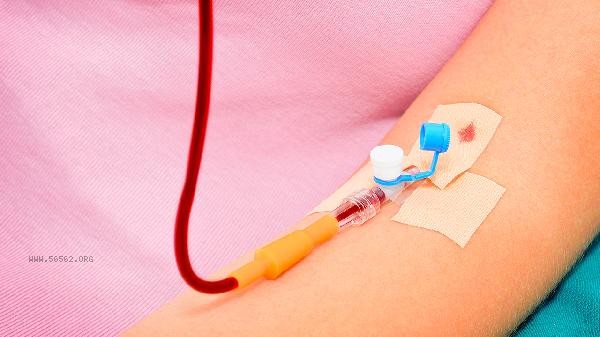The normal range of blood lipids for people aged 50 to 60 is usually total cholesterol below 5.2 mmol/L, low-density lipoprotein cholesterol below 3.4 mmol/L, high-density lipoprotein cholesterol above 1.0 mmol/L for males/1.3 mmol/L for females, and triglycerides below 1.7 mmol/L. The specific values may vary slightly due to factors such as testing methods, individual differences, and comorbidities.

1. Total cholesterol:
Total cholesterol is the sum of all cholesterol in the blood, and the ideal value should be less than 5.2 mmol/L. This index reflects the overall situation of lipid metabolism, and too high a value may indicate the risk of atherosclerosis. People aged 50 to 60 need to pay special attention to the intake of saturated fatty acids in their diet due to changes in hormone levels and decreased metabolic rates, such as reducing the intake of high cholesterol foods such as animal organs and butter.
2. Low density lipoprotein:
Low density lipoprotein cholesterol (LDL-C), commonly known as "bad cholesterol", should be controlled below 3.4mmol/L. An increase in this indicator will accelerate lipid deposition in the blood vessel wall, which is an important risk factor for coronary heart disease. It is suggested to improve by increasing dietary fiber intake, regular aerobic exercise, etc. If diabetes or hypertension is combined, the control goal should be more strict, usually<2.6 mmol/L.
3. High density lipoprotein:

High density lipoprotein cholesterol (HDL-C) is known as the "good cholesterol" and should be greater than 1.0mmol/L in males and greater than 1.3mmol/L in females. This indicator has the function of reverse cholesterol transport, and a low value may increase the risk of cardiovascular disease. Moderate intake of foods rich in unsaturated fatty acids such as deep-sea fish and nuts, combined with 150 minutes of moderate intensity exercise per week, can effectively increase HDL-C levels. 4. Triglycerides: The normal value of triglycerides should be less than 1.7 mmol/L, exceeding this standard may induce acute pancreatitis. After the age of 50, the basal metabolic rate decreases, and it is necessary to strictly control the intake of refined sugar and alcohol. If the fasting test value exceeds 2.3 mmol/L, it is recommended to further evaluate insulin resistance and use beta drugs under the guidance of a doctor if necessary.
5. Individualized differences:
Blood lipid standards need to be adjusted based on individual health conditions. LDL-C of patients with coronary heart disease should be<1.8mmol/L, and diabetes patients should also pay attention to triglyceride levels. hypothyroidism, nephrotic syndrome and other diseases may lead to secondary dyslipidemia. It is recommended to have four blood lipid tests rechecked every 6-12 months and dynamically monitor the trend of changes. Maintaining ideal blood lipid levels requires comprehensive intervention. It is recommended to adopt the Mediterranean dietary pattern in terms of diet, increase the intake of soluble dietary fibers such as oats and beans, and use vegetable oils such as olive oil for cooking. Choose aerobic exercises such as brisk walking and swimming for exercise, at least 3 times a week, each lasting for more than 30 minutes. Smoking cessation, alcohol restriction, and weight control are equally important, and it is recommended to maintain a body mass index within the range of 18.5-23.9 kg/m ². For individuals with familial hypercholesterolemia or indications for drug therapy, a personalized management plan should be developed under the guidance of a specialist doctor.









Comments (0)
Leave a Comment
No comments yet
Be the first to share your thoughts!